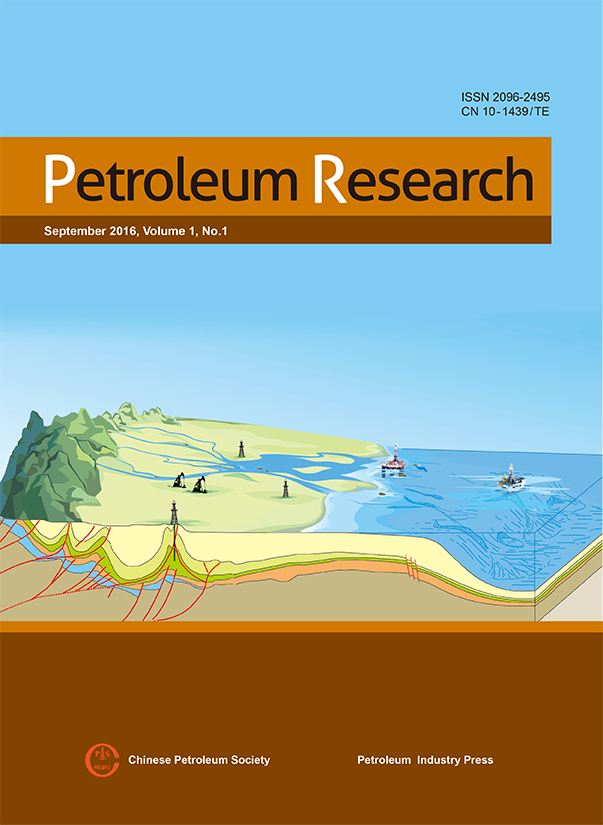Evaluation criteria, major types, characteristics and resource prospects of tight oil in China
Chengzao Jia1*, Caineng Zou2 , Jianzhong Li2 , Denghua Li2 and Min Zheng2
China National Petroleum Corporation, Beijing 100724,
China 2 Research Institute of Petroleum Exploration and Development, Beijing 100083,
China Received February 4, 2016; Accepted August 1, 2016
Tight oil refers to a petroleum play that occurs in a free or adsorbed state in source rocks or tight reservoir rocks (e.g., sandstone and carbonate rock) interbedded with or close to source rocks. Tight oil has generally not experienced large-scale, long-distance migration. According to such a definition and its characteristics, 10 key indices are proposed for tight oil resource evaluation in China. Tight oil reservoirs are divided into three groups in terms of porosity and permeability. Tight oil can be classified into three types according to the contact relationship between the tight oil reservoirs and source rocks, i.e., tight lacustrine carbonate oil, tight deep-lake gravity flow sandstones oil, and tight deep-lake deltaic sandstones oil. In China, tight oil resources are widely distributed and significant exploration discoveries have been achieved in the sixth member and seventh member of the Triassic Yanchang Formation in the Ordos Basin, the Permian Lucaogou Formation in the Junggar Basin, the Middle-Lower Jurassic strata of the Sichuan Basin, and the Cretaceous Qingshankou and Quantou Formations in the Songliao Basin. The total geological resources of tight oil in China assessed by using the “analog” method are estimated to be (10.67–11.15) ×109 tones. Taking into account of the future prospects of petroleum development, tight oil may become a realistic alternative to the conventional oil resources in China.
CITE:

Supervised by
China Association for Science and Technology
Sponsored by
Chinese Petroleum Society
Petroleum Industry Press Co., LTD
Edited by
Editorial office of Petroleum Research
No 6 Liupukang Street, Xicheng District
Beijing, 100724, China
Published by
Petroleum Industry Press Co., LTD.,
No 1 Building, Block 2, Andingmenwai Street,
Beijing, 100011, China
Editor-in-Chief Jia Chengzao
Deputy Editor-in-Chief Liu Keyu
ISSN 2096-2459CN 10-1439/TE

